-
 Bitcoin
Bitcoin $118400
0.47% -
 Ethereum
Ethereum $3836
2.20% -
 XRP
XRP $3.157
2.98% -
 Tether USDt
Tether USDt $0.9999
-0.03% -
 BNB
BNB $801.5
1.31% -
 Solana
Solana $180.9
2.07% -
 USDC
USDC $0.9999
-0.02% -
 Dogecoin
Dogecoin $0.2225
2.50% -
 TRON
TRON $0.3285
-1.02% -
 Cardano
Cardano $0.7789
2.60% -
 Hyperliquid
Hyperliquid $43.60
2.39% -
 Sui
Sui $3.892
4.41% -
 Stellar
Stellar $0.4229
3.34% -
 Chainlink
Chainlink $18.01
3.98% -
 Hedera
Hedera $0.2745
6.77% -
 Bitcoin Cash
Bitcoin Cash $582.3
3.38% -
 Avalanche
Avalanche $23.77
1.04% -
 Ethena USDe
Ethena USDe $1.001
0.01% -
 Toncoin
Toncoin $3.493
3.59% -
 Litecoin
Litecoin $110.0
2.48% -
 UNUS SED LEO
UNUS SED LEO $8.936
-0.37% -
 Shiba Inu
Shiba Inu $0.00001304
2.49% -
 Uniswap
Uniswap $9.999
1.09% -
 Polkadot
Polkadot $3.897
3.26% -
 Monero
Monero $308.6
-0.83% -
 Dai
Dai $0.9999
-0.01% -
 Bitget Token
Bitget Token $4.504
-0.04% -
 Pepe
Pepe $0.00001154
2.95% -
 Cronos
Cronos $0.1471
3.06% -
 Ethena
Ethena $0.6691
19.53%
What does it mean when the Stochastic indicator crosses the golden cross twice above 50?
A double Stochastic crossover above 50 signals strong bullish momentum, confirming trend strength when %K crosses %D twice in the upper range.
Jul 30, 2025 at 09:08 am
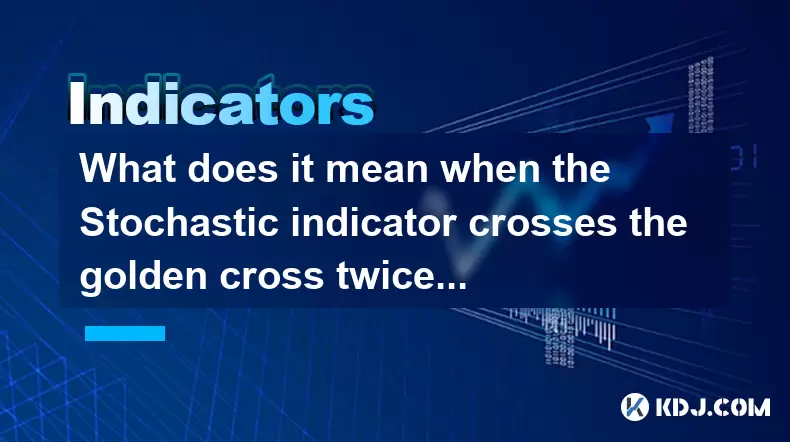
Understanding the Stochastic Indicator and Its Components
The Stochastic indicator is a momentum oscillator widely used in technical analysis to identify potential overbought or oversold conditions in financial markets, including cryptocurrency trading. It compares a cryptocurrency’s closing price to its price range over a specific period, typically 14 candles. The indicator consists of two lines: the %K line, which is the main line, and the %D line, which is a moving average of %K. These two lines fluctuate between 0 and 100. Levels above 80 are considered overbought, while levels below 20 are deemed oversold. When both lines are above 50, it indicates bullish momentum, meaning the asset is trading in the upper half of its recent range.
What Is a Golden Cross in the Stochastic Indicator?
In the context of the Stochastic oscillator, a golden cross occurs when the %K line crosses above the %D line while both are in the lower region of the indicator, often interpreted as a bullish signal. However, the term "golden cross" is more commonly associated with moving averages. In the Stochastic context, this crossover is simply a bullish signal generated by the oscillator. When this crossover happens above the 50 level, it suggests strong upward momentum, as the market is not only bullish but also operating in the higher half of its price range. A single crossover above 50 may indicate strengthening bullish sentiment, but when this event occurs twice, it adds a layer of confirmation to the trend.
Interpreting Two Golden Crosses Above 50
When the %K line crosses above the %D line twice while both remain above 50, it signals sustained bullish momentum. The first crossover suggests that upward momentum is increasing. The second crossover, occurring after a brief pullback or consolidation, indicates that buyers are regaining control. This pattern often reflects a market that is not only trending upward but also maintaining strength through minor corrections. In cryptocurrency markets, where volatility is high, such a pattern can be a reliable sign of a continuing uptrend, especially when confirmed by volume or other indicators. Each crossover should be analyzed within the context of the broader price action and timeframe.
How to Identify This Pattern on a Crypto Chart
To identify this pattern on a cryptocurrency chart, follow these steps:
- Open a charting platform such as TradingView or Binance’s built-in chart tool.
- Apply the Stochastic oscillator to the chart, using the default settings (14, 3, 3) unless you have a specific strategy.
- Adjust the chart to a timeframe that suits your trading style—1-hour, 4-hour, or daily charts are commonly used.
- Look for the %K (usually the solid line) and %D (the dotted or slower line) both rising above the 50 level.
- Observe the first instance where %K crosses above %D while above 50.
- Wait for a minor dip or consolidation where %K dips slightly below %D or approaches it.
- Confirm the second %K crosses above %D again, still above the 50 threshold.
This double crossover above 50 should ideally occur within a rising price trend. If the price is making higher highs and higher lows, the signal gains more validity. It’s crucial to ensure that the Stochastic lines do not enter the overbought zone (above 80) excessively, as this could suggest a potential pullback.
Strategic Implications for Crypto Traders
For traders, two golden crosses above 50 can serve as a confirmation signal to enter or add to a long position. However, relying solely on this pattern is risky. It should be combined with other tools such as support/resistance levels, volume analysis, or trendlines. For instance, if the second crossover aligns with a breakout above a key resistance level on high volume, the probability of a successful trade increases. Traders might set a stop-loss just below the recent swing low or below the second crossover point to manage risk. Take-profit levels can be based on Fibonacci extensions or previous resistance zones. Scalpers might act quickly on the second crossover, while swing traders may wait for additional confirmation, such as a candlestick pattern or moving average alignment.
Common Misinterpretations and Pitfalls
A frequent mistake is treating every Stochastic crossover above 50 as a buy signal without considering the broader market context. In a ranging market, the Stochastic can generate false signals due to whipsaws. For example, if the price is moving sideways, the indicator may cross above 50 multiple times without a sustained trend. Another pitfall is ignoring divergence. If the price is making higher highs but the Stochastic is making lower highs above 50, this bearish divergence could indicate weakening momentum, even with two golden crosses. Additionally, using the Stochastic on lower timeframes (e.g., 5-minute charts) in highly volatile cryptocurrencies like DOGE or SHIB can lead to excessive noise and unreliable signals. Always cross-verify with higher timeframes and volume.
How to Backtest This Signal in Crypto Trading
To validate the effectiveness of this pattern, traders can backtest using historical data:
- Select a cryptocurrency pair such as BTC/USDT or ETH/USDT.
- Use a backtesting tool like TradingView’s bar replay mode or Python with libraries such as pandas and ta-lib.
- Manually or programmatically scan for instances where the Stochastic %K crosses %D twice above 50.
- Record the price action following each signal—did the price continue upward?
- Measure the success rate by calculating how often the price rose by a certain percentage (e.g., 3%) within the next 5 to 10 candles.
- Adjust parameters such as the Stochastic period or add filters like RSI above 50 or 200-period moving average slope to improve accuracy.
Backtesting helps determine whether this pattern holds statistical significance in specific market conditions.
Frequently Asked Questions
Q: Can the double golden cross above 50 occur in a downtrend?
Yes, it can appear in a downtrend during a strong bounce, but it may be a bullish trap if the overall trend remains bearish. Always assess the higher timeframe trend before acting.
Q: Is the Stochastic setting (14,3,3) optimal for this pattern?
The default setting is widely used, but some traders adjust it to (5,3,3) for more sensitivity or (21,5,5) for smoother signals. Optimization depends on the asset and timeframe.
Q: How long should I wait after the second crossover to enter a trade?
It’s advisable to wait for confirmation from the next candle. If the candle closes higher after the second crossover, the signal gains strength.
Q: Does this pattern work equally well across all cryptocurrencies?
No, it tends to perform better in high-liquidity assets like BTC and ETH. Low-cap altcoins with erratic price movements may generate unreliable Stochastic signals.
Disclaimer:info@kdj.com
The information provided is not trading advice. kdj.com does not assume any responsibility for any investments made based on the information provided in this article. Cryptocurrencies are highly volatile and it is highly recommended that you invest with caution after thorough research!
If you believe that the content used on this website infringes your copyright, please contact us immediately (info@kdj.com) and we will delete it promptly.
- Ozak AI: Can This Underdog Crypto Achieve a Bull Run to $1?
- 2025-07-31 22:30:12
- Coinbase Breach: Navigating Insider Risk and Bolstering Security
- 2025-07-31 23:11:55
- Bitcoin Rebounds, WeWake Presale Gains Traction: What's the Buzz?
- 2025-07-31 22:30:12
- Bitcoin, Altcoins, and Volume Watchlists: Decoding the Crypto Landscape
- 2025-07-31 23:11:55
- Tron, Fartcoin, and BlockchainFX: What's Trending (and What's Not) in the Crypto World
- 2025-07-31 21:32:19
- Bitcoin, Corporate Investments, and Sustainability: A New Era or Fleeting Fad?
- 2025-07-31 20:50:14
Related knowledge

How can you use the MACD histogram to determine trend strength?
Jul 31,2025 at 11:10pm
Understanding the MACD Histogram and Its ComponentsThe MACD (Moving Average Convergence Divergence) histogram is a visual representation of the differ...
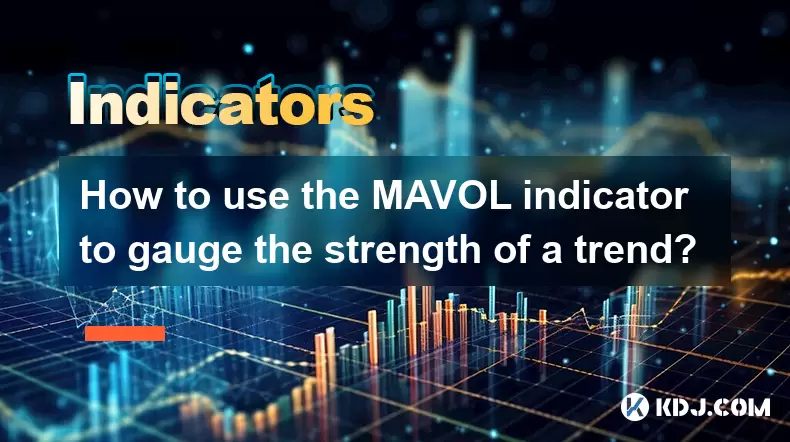
How to use the MAVOL indicator to gauge the strength of a trend?
Jul 31,2025 at 09:57pm
Understanding the MAVOL Indicator in Cryptocurrency TradingThe MAVOL indicator, short for Moving Average of Volume, is a technical analysis tool widel...
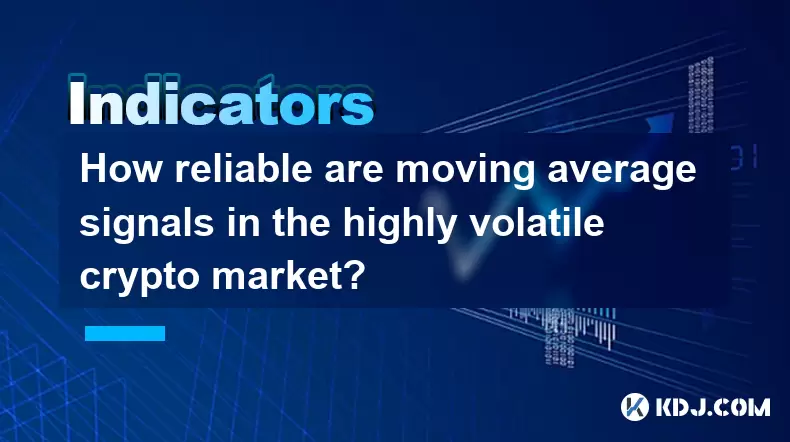
How reliable are moving average signals in the highly volatile crypto market?
Jul 31,2025 at 08:36pm
Understanding Moving Averages in Cryptocurrency TradingMoving averages (MAs) are among the most widely used technical indicators in the cryptocurrency...
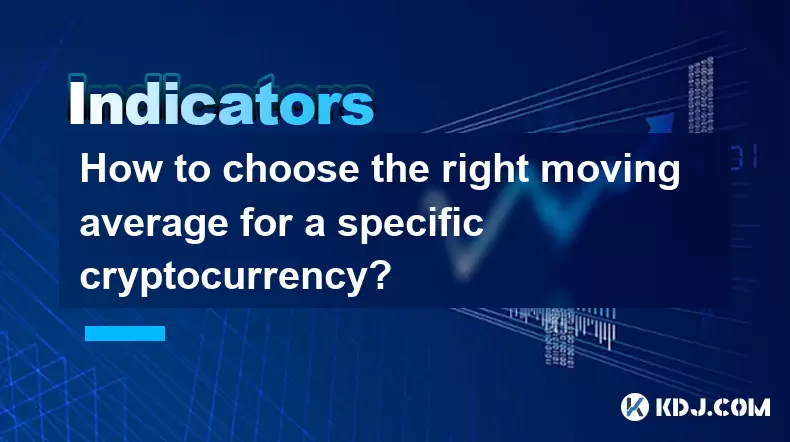
How to choose the right moving average for a specific cryptocurrency?
Jul 31,2025 at 10:29pm
Understanding the Role of Moving Averages in Cryptocurrency TradingMoving averages are foundational tools in technical analysis, widely used by crypto...
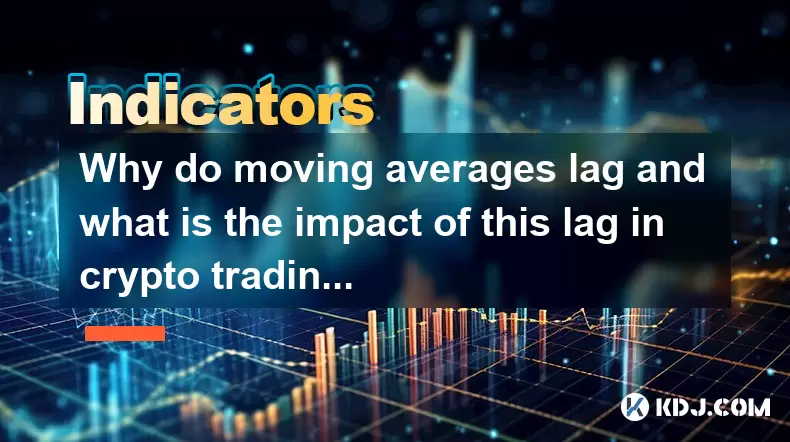
Why do moving averages lag and what is the impact of this lag in crypto trading?
Jul 31,2025 at 08:07pm
Understanding the Concept of Moving Averages in Crypto TradingMoving averages are among the most widely used technical indicators in cryptocurrency tr...
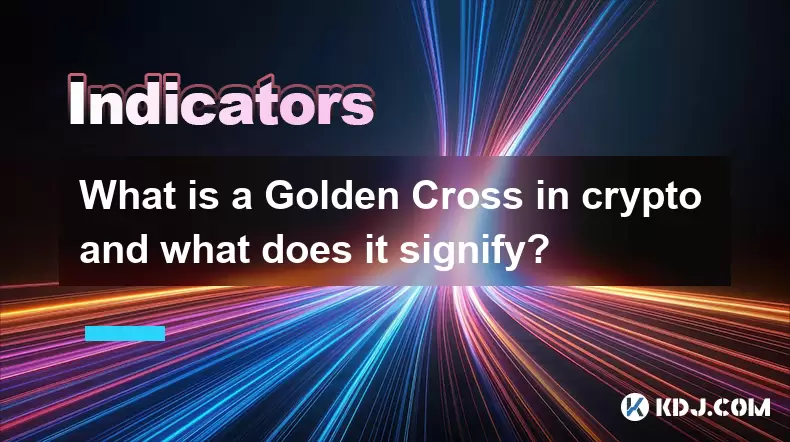
What is a Golden Cross in crypto and what does it signify?
Jul 31,2025 at 10:36pm
Understanding the Golden Cross in Cryptocurrency MarketsThe Golden Cross is a technical analysis pattern widely observed in cryptocurrency trading. It...

How can you use the MACD histogram to determine trend strength?
Jul 31,2025 at 11:10pm
Understanding the MACD Histogram and Its ComponentsThe MACD (Moving Average Convergence Divergence) histogram is a visual representation of the differ...

How to use the MAVOL indicator to gauge the strength of a trend?
Jul 31,2025 at 09:57pm
Understanding the MAVOL Indicator in Cryptocurrency TradingThe MAVOL indicator, short for Moving Average of Volume, is a technical analysis tool widel...

How reliable are moving average signals in the highly volatile crypto market?
Jul 31,2025 at 08:36pm
Understanding Moving Averages in Cryptocurrency TradingMoving averages (MAs) are among the most widely used technical indicators in the cryptocurrency...

How to choose the right moving average for a specific cryptocurrency?
Jul 31,2025 at 10:29pm
Understanding the Role of Moving Averages in Cryptocurrency TradingMoving averages are foundational tools in technical analysis, widely used by crypto...

Why do moving averages lag and what is the impact of this lag in crypto trading?
Jul 31,2025 at 08:07pm
Understanding the Concept of Moving Averages in Crypto TradingMoving averages are among the most widely used technical indicators in cryptocurrency tr...

What is a Golden Cross in crypto and what does it signify?
Jul 31,2025 at 10:36pm
Understanding the Golden Cross in Cryptocurrency MarketsThe Golden Cross is a technical analysis pattern widely observed in cryptocurrency trading. It...
See all articles

























































































